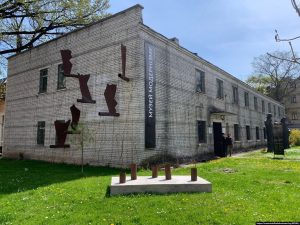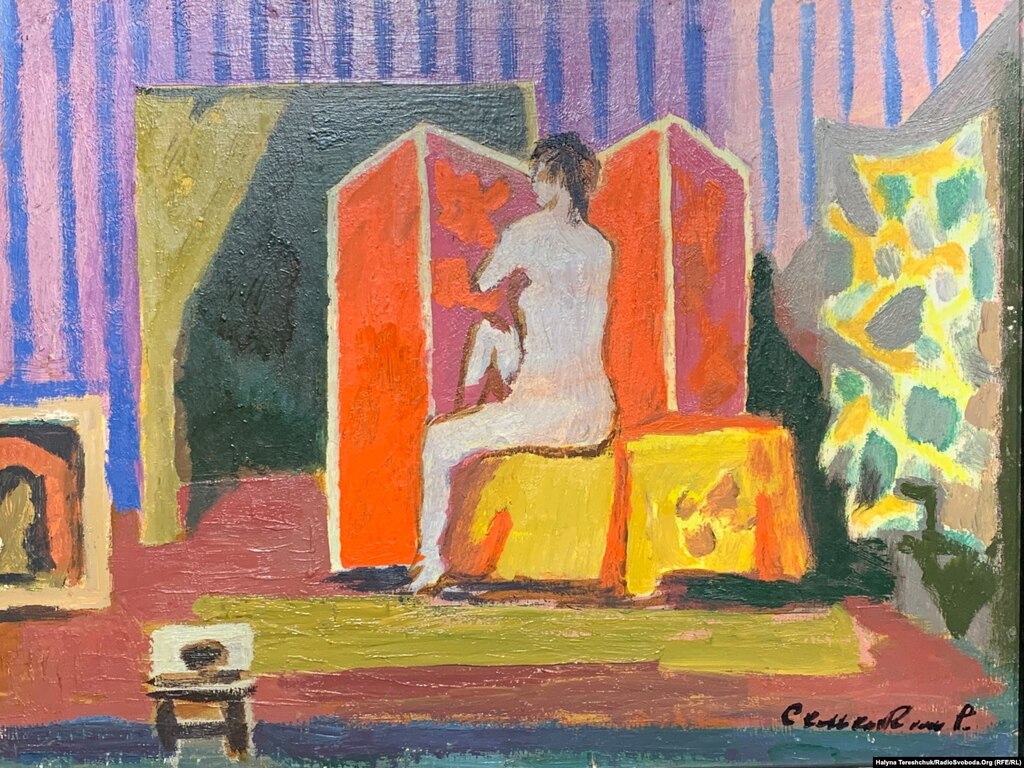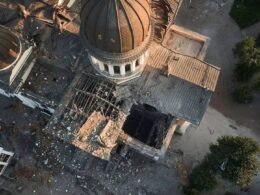How are we to understand the term “Ukrainian modernism”? The recently-opened Museum of Modernism in Lviv sheds a new light on the avant-garde underground that shunned the official style of "Soviet realism" and opens up a fresh page in the cultural history of western Ukraine.
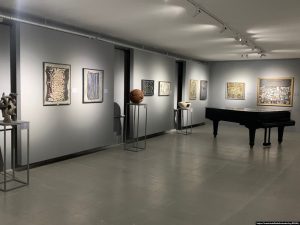
How Modernism evolved in western Ukraine
Although western Ukraine was occupied at different times during the turbulent years of the early 20th century - alternately by Austria-Hungary, Poland, Nazi Germany, and the Bolsheviks - the Ukrainian language and culture managed to survive and flourish and were instrumental in forming the Ukrainian national ideal. Ukrainian artists in Lviv joined the global art community in their search for the self and identity, adopting various art movements such as Symbolism, Expressionism, Futurism, Dadaism, and Constructivism, and creating schools and movements mainly based on folk-art forms that were unique to Ukrainian culture. After the end of World War II, the Soviet Union claimed Lviv and its surrounding territories in Ukraine’s west. Starting from the 1930s, Stalin’s reign of terror declared such artistic movements and policies as “bourgeois.” In art, socialist realism was imposed and Ukrainian modernists went underground, assembling and creating Together in basements or private homes. The art scene in Ukraine enjoyed a brief moment of respite during the Khrushchev Thaw (mid-1950s - early 1960s), when some freedom of information and experimentation was allowed in the media, arts, and culture.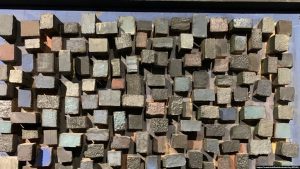
Osyp Vaskiv and Kazimir Malevich

“The avant-garde movement (Futurism, Dadaism, Surrealism) first swept across Europe in the early years of the 20th century, but arrived in Western Ukraine some 20 years later. This was no longer the avant-garde movement, but modernism, which flourished in Lviv in the interwar period. The Lviv avant-garde movement dates back to 1914, and is personified by the Ukrainian avant-garde artist Osyp Vaskiv. The son of a Ukrainian soldier who served as officer in the Austrian army, Vaskiv was born near Krakow in 1909, and lived with his family in Lviv, where he studied at Leonard Pidhorodetsky’s Free Academy of Arts from 1909 to 1917.”
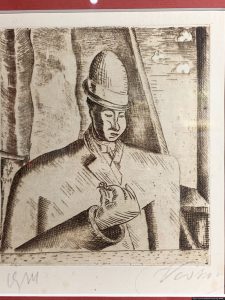
“We think that this is a portrait of Malevich. Vaskiv and Malevich knew each other. In 1927, there was an exhibition featuring works by Vaskiv and Malevich in Warsaw - one masterpiece by Malevich and three by Vaskiv. This portrait has never been exhibited to the general public. It was stored in Deliatyn,” says Bohdan Mysyiha.

Late Modernism
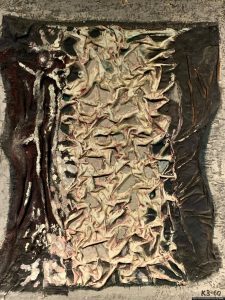
“Late Modernism emerged in Europe after the war, when such French intellectuals as Jean-Paul Sartre and Albert Camus wrote about what mankind had done to the world. Late Modernism has a specific sensibility, but Ukrainian artists added yet another dimension to the movement. It was the art of hermetic circles, a closed world. Lviv had its own intellectuals, and they also reacted strongly to the fact that the war had wiped out half of humanity, especially in Ukraine. The world was free, but the USSR was a hermetically closed space with a different value system. Ukrainians had different markers than their counterparts in Western Europe. For example, memories depicted by Karlo Zvirynsky and Petro Markovych are totally different. Karlo Zvirynsky painted objects that his father touched, thus creating an epitaph about his father. The artist managed to hide his intimate space of values.”
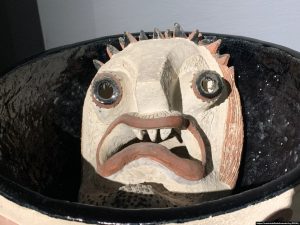


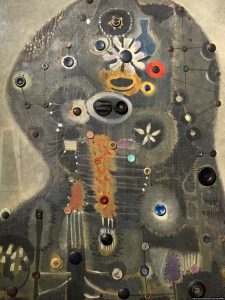
“When the Stalinist era arrived, with its rigid socialism and massive purges, many Lviv artists became ‘underground dissidents”. Their art was not exhibited in official galleries, but somewhere in the city, in private apartments, while Roman Selsky and Karlo Zvirynsky ran their schools in kitchens and basements. In the late 1950s-1960s, we see a bunch of artists who, in their own way, were perfectly in tune with the global art community. There was official modernist “Soviet” art and unofficial underground art, which was created in secret Lviv workshops and basements. The Museum of Modernism presents works by artists who didn’t fit the Soviet mold,” explains Taras Voznyak, director of the Borys Voznytsky National Art Gallery.
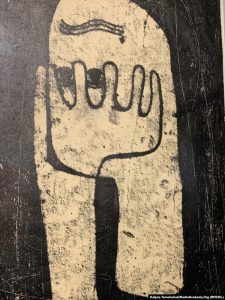


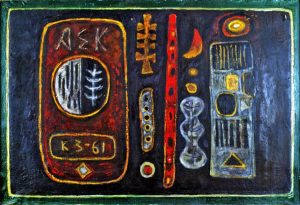
“Ukraine was more or less following global trends in art, but we had other categories and a different worldview. We moved in parallel, and we didn’t lag too far behind the rest of the world. Europe didn’t live under the hammer and sickle. We had other realities, other worldview markers that Ukrainian artists expressed differently. Then, the Soviet Union collapsed and Ukrainian Modernism followed its historic course,” notes Bohdan Mysiuha.

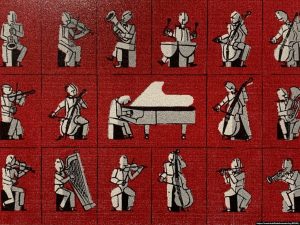
The Museum of Modernism, a division of the Borys Voznytsky National Art Gallery, was recently opened in a newly-restored building in Lviv. It is located behind the majestic Potocki Palace on 15 Kopernika Street, in a Soviet-era gray two-story building, which in the late 1980 served as barracks for the workers who were assigned to build an underground tram in Lviv. This idea was abandoned, because such construction could destroy the historic part of the city. At that time, the Museum of Ancient Books was housed in this Soviet building next to the Potocki Palace. The collection was carefully moved and will be presented in another location.
The building is typically Soviet, built with haste and no taste. However, the interior has been completely renovated and now houses the new Museum of Modernism. Two rooms are dedicated to the works of contemporary artists.
